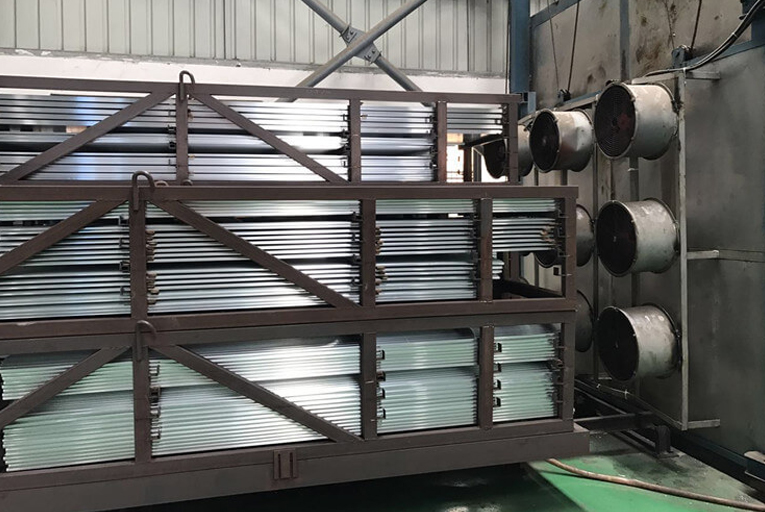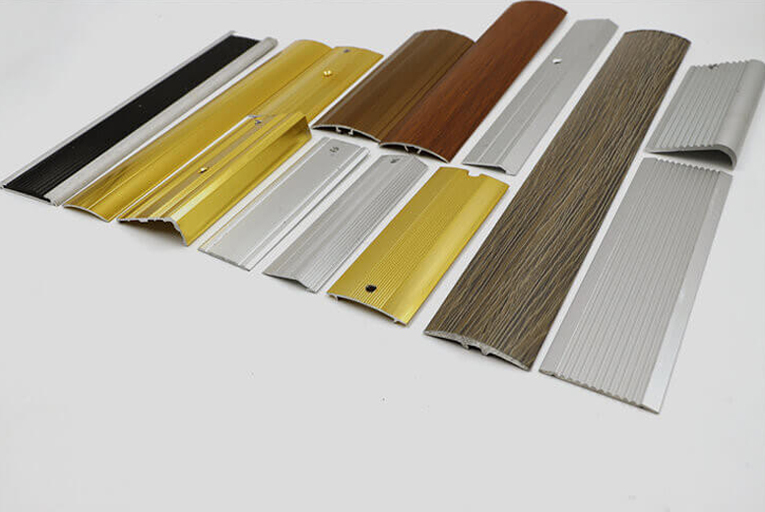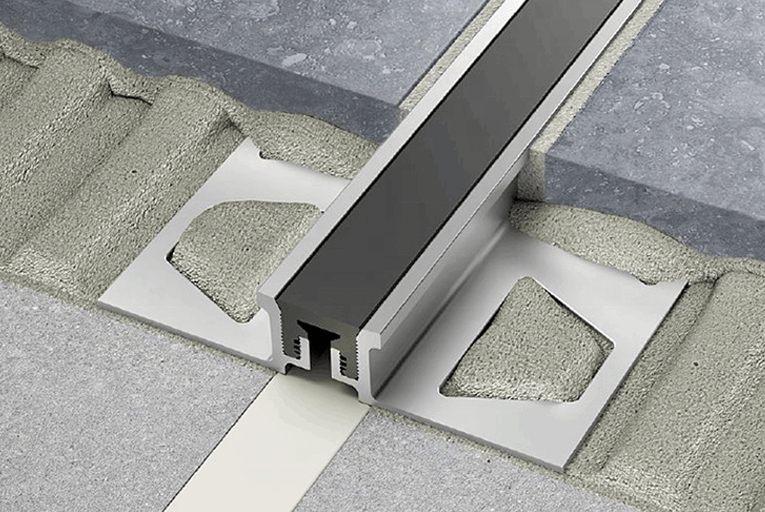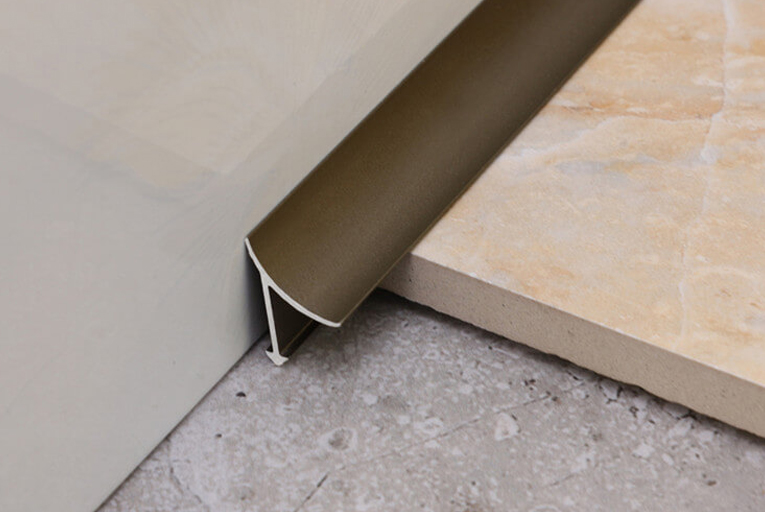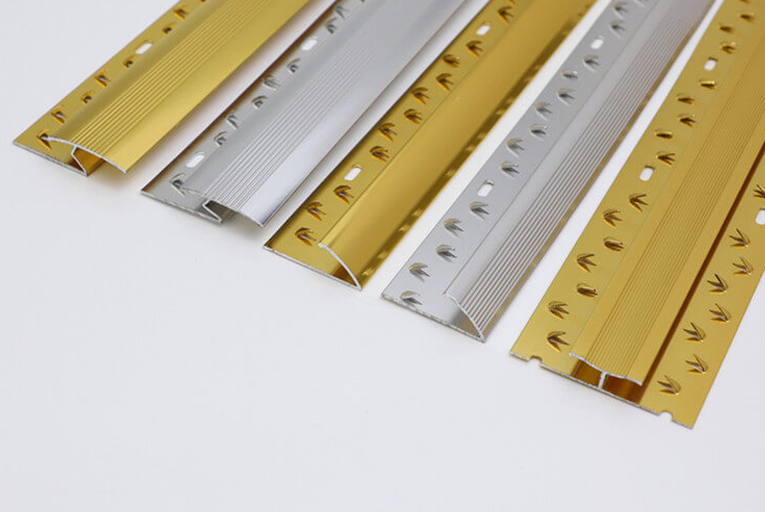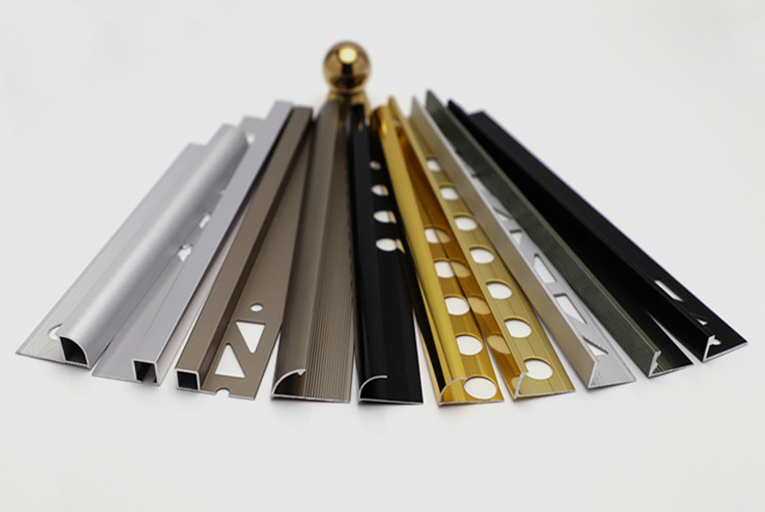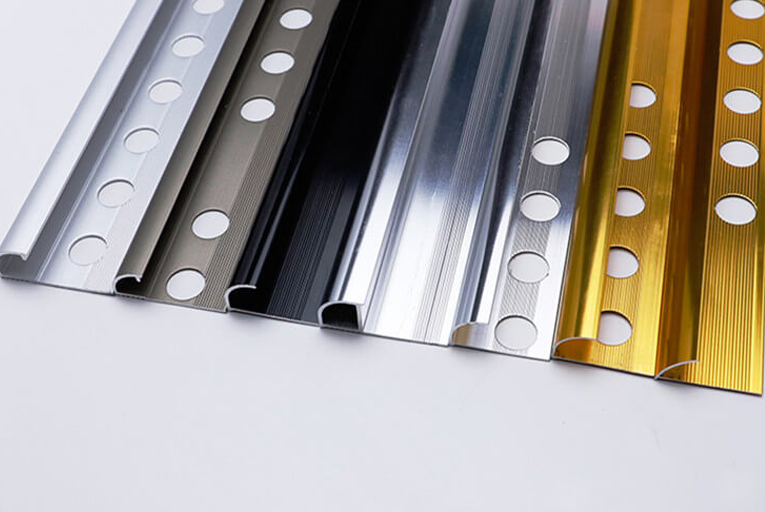Comparing Different Types of Tile Transition Strips
Tile transition strips serve as essential elements in seamlessly connecting different types of flooring surfaces, offering both function and aesthetic appeal. These strips effectively bridge gaps between tiles and prevent damage to the edges. With various materials and styles available, choosing the most suitable transition strip for your specific needs can be daunting. Here’s a comprehensive guide to help you navigate the different types of tile transition strips, enabling you to make an informed decision.
Materials:
1.
Aluminum
Aluminum transition strips are highly durable and resistant to corrosion, making them ideal for high-traffic areas. Their sleek, metallic finish lends a modern and sophisticated touch to any space. Aluminum strips are available in various widths and finishes to complement different flooring styles.
2.
Brass
Brass transition strips exude a classic and timeless elegance. They offer exceptional durability and can withstand heavy foot traffic. The warm, golden hue of brass adds a subtle touch of luxury to any room. Brass strips are a popular choice for traditional and transitional interiors.
3.
Stainless Steel
Stainless steel transition strips are renowned for their durability, strength, and corrosion resistance. Their sleek, silvery appearance blends seamlessly with various flooring materials. Stainless steel strips are a practical and long-lasting solution for both residential and commercial applications.
Profiles:
1.
Reducer
Reducer strips are designed to transition between tiles of different heights, preventing tripping hazards. They feature a sloped surface that gradually connects the higher to the lower flooring surface. Reducer strips come in various heights and widths to accommodate different tile thicknesses.
2.
End Cap
End caps are used to finish the exposed edges of tiles, providing a clean and finished look. They are typically installed at the ends of transitions or where tiles meet walls or other vertical surfaces. End caps are available in various sizes and shapes to match the profile of the tiles.
3.
T-Molding
T-molding strips are used to transition between tiles and carpets or other flooring materials. They feature a T-shaped profile that interlocks with both surfaces, providing a sturdy and secure connection. T-molding strips come in a wide range of colors and materials to match different flooring styles.
Styles:
1.
Flat
Flat transition strips are the most common type, offering a low-profile and discreet appearance. They are ideal for areas where a seamless transition is desired, without drawing unnecessary attention to the transition.
2.
Rounded
Rounded transition strips feature a curved surface, adding a subtle decorative touch to the space. They are often used in areas with high foot traffic, as the rounded edge provides a smooth and comfortable transition.
3.
Beveled
Beveled transition strips incorporate an angled edge, creating a sophisticated and elegant look. They are often used in areas where a more formal or decorative transition is desired.
Choosing the right tile transition strips involves considering the materials, profiles, and styles available to find the best fit for your project. Whether you seek durability, style, or functionality, there is a transition strip to meet your specific requirements.
-
The Different Uses of Tile Outside Corner Edging Trim and Inside Corner Edging Trim
2022-02-09 -
The Most Popular 5 Different Materials of Tile Trim Line
2022-02-09 -
What is Carpet Cover Trim?
2022-02-09 -
The 6 Hottest Tile Trim Solutions for 2021
2022-02-09 -
How to Install Tile Trims Line?
2022-02-09 -
Difference Between Sandblasting and Anodizing Surface Treatment of Aluminum Tile Trim
2022-02-09
